Problem Summary
Let's say you run a server and want to serve content from a localhost app only for users who have logged in with a username and password (authenticated users).
The app runs on your server, but it is not exposed to the public. It is only available via http://localhost:3838 on your server.
For simplicity, let's say this is how you run the localhost app:
cd my-private-folder
python3 -m http.server 3838
Authenticated users should be able to go to http://example.com/app to view the content served by the localhost app.
Unauthenticated users should be denied access and redirected to a login page.
Questions
Apache has a directive
ProxyPassthat modifies HTTP headers in the request before it is sent to the destination. It also has a directiveProxyPassReversethat modifies the headers in the response before it arrives back to the user.Is there a way to mimic Apache's behavior in PHP?
Is there a simple way to do this with the Laravel PHP framework?
For reference, there is a package called oxy that achieves this goal in Go. I don't know of an equivalent package for PHP.
Failed attempt 1: Using routes
Here's what I tried with Laravel 5.5:
# /var/www/example.com/routes/web.php
Route::get('/app', function() {
return Response::make(
file_get_contents("http://localhost:3838/")
);
});
# This does not work, because the HTTP header is not modified.
Route::get('/app/{any}', function($any) {
return Response::make(
file_get_contents("http://localhost:3838/$any")
);
})->where('any', '.*');
This successfully passes the content from localhost:3838 to example.com/app, but it fails to pass any of the resources requested by the app, because the HTTP headers are not modified.
For example:
The localhost app uses Javascript to request
/resource.jpgI would expect the resource to be passed from http://localhost:3838/resource.jpg to http://example.com/app/resource.jpg
Instead, the app makes a failed request to get http://example.com/resource.jpg
To understand why this fails, see the correctly working Apache solution below. Apache has a directive called ProxyPassReverse that modifies the HTTP headers, so the localhost app requests resources from the correct URL.
Using Apache
Apache works perfectly! However, adding new users requires running the htpasswd command on the server.
With Laravel, new users should be able to register by themselves on the website.
Without Laravel, you could use Apache to secure the app like this:
# /etc/apache2/sites-available/example.com.conf
<VirtualHost *:80>
ServerName example.com
Redirect /app /app/
ProxyPass /app/ http://localhost:3838/
ProxyPassReverse /app/ http://localhost:3838/
ProxyPreserveHost On
<Location /app/>
AuthType Basic
AuthName "Restricted Access - Please Authenticate"
AuthUserFile /etc/httpd/htpasswd.users
Require user myusername
# To add a new user: htpasswd /etc/httpd/htpasswd.users newuser
</Location>
</VirtualHost>
This related answer helped me to better understand how the ProxyPassReverse directive works:
